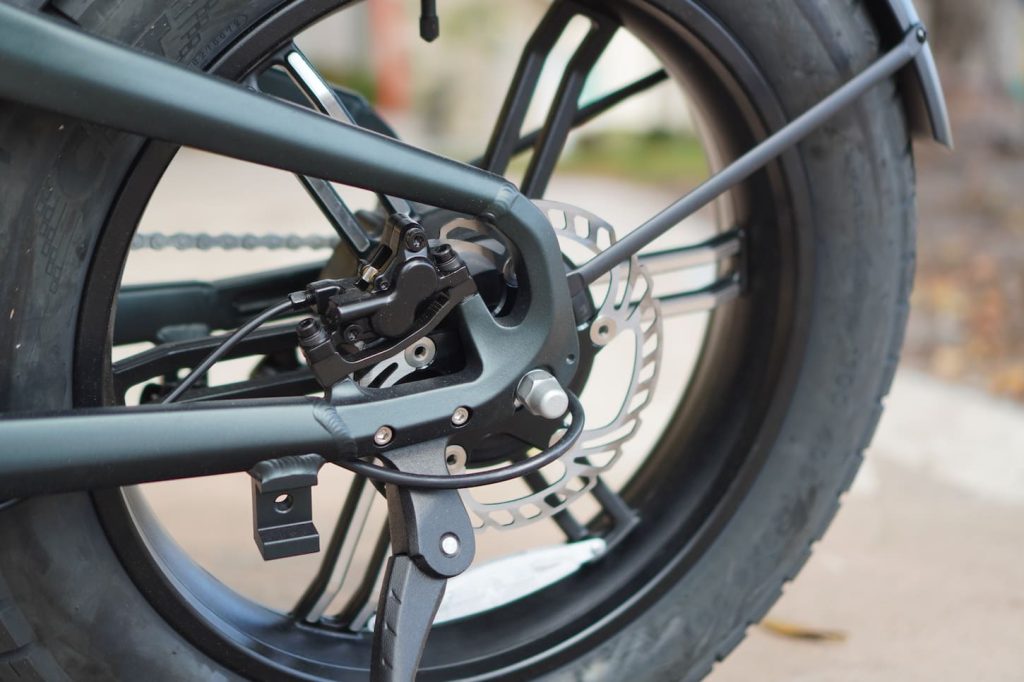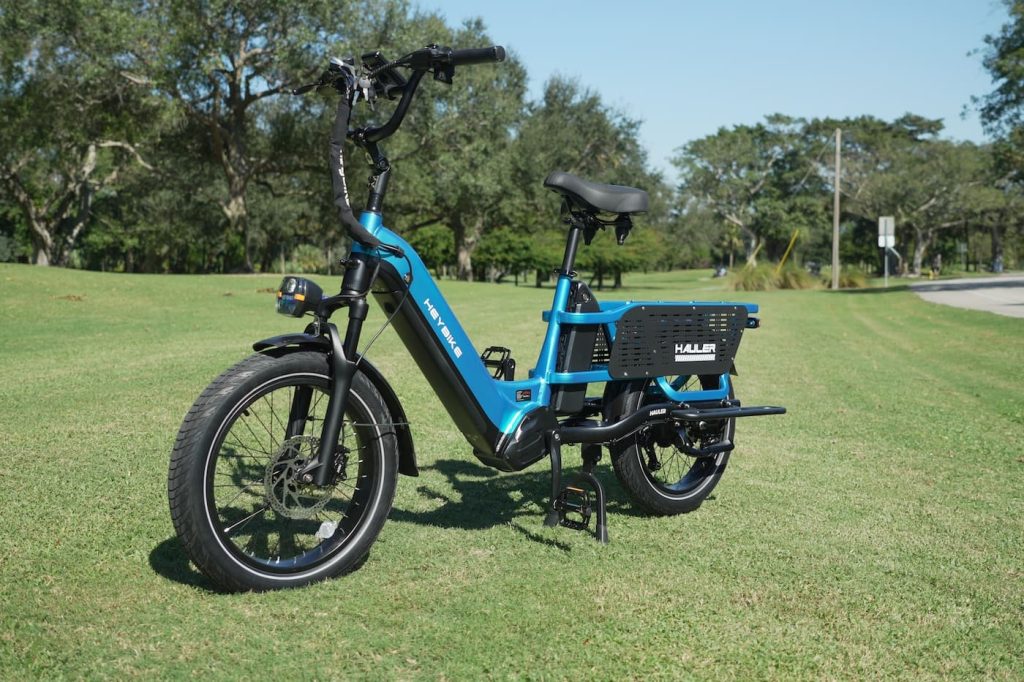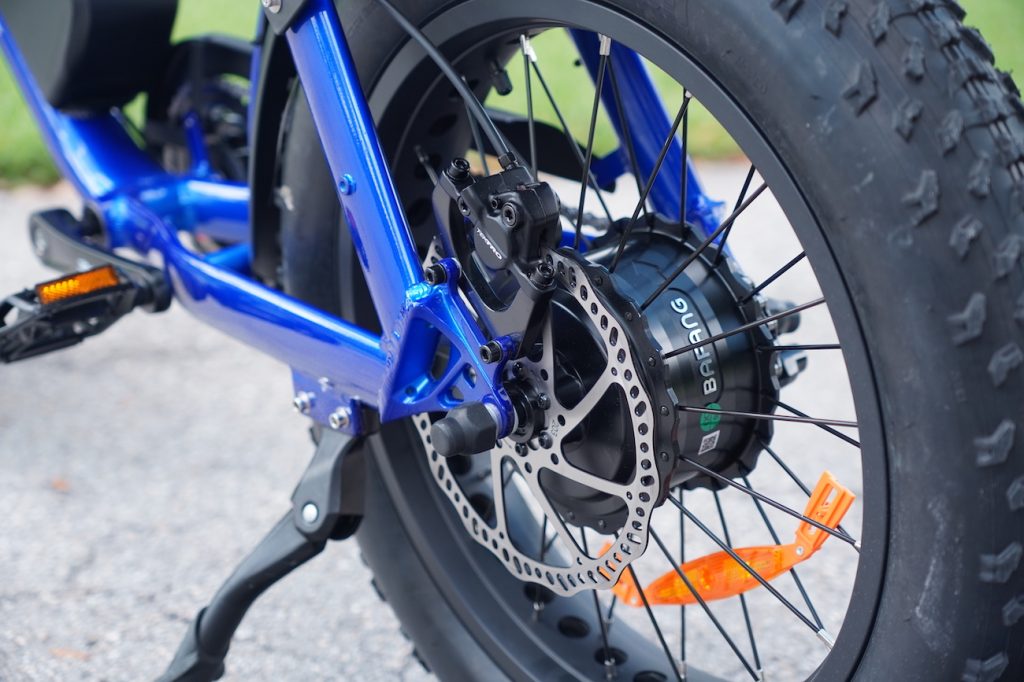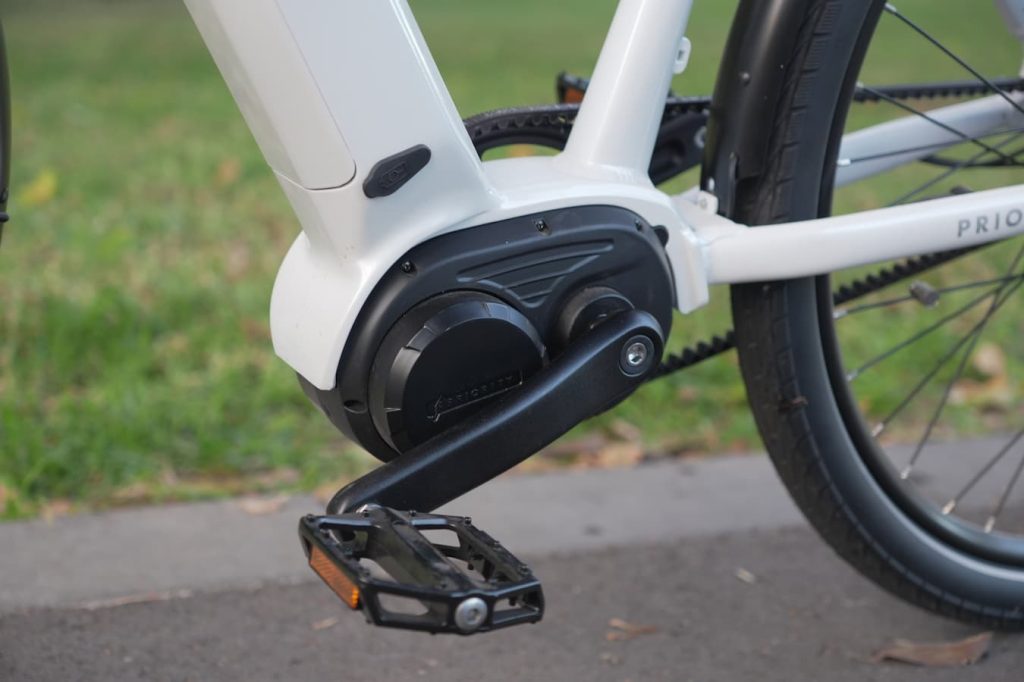California has led the nation in electric bicycle adoption, helping more people than ever before switch away from cars and toward smaller and more efficient transportation alternatives. However, the proliferation of electric bicycles has also led to a major uptick in higher-power models that have flaunted established e-bike laws, often being used on public roads and bike paths to the chagrin of many local residents.
A new law that came into effect this week has now further clarified which electric bicycles are street-legal and which fall afoul of regulations.
The legislation is meant to address the growing number of high-powered electric bikes, many of which use traditional electric bicycle components but are capable of achieving speeds and power levels that give them performance closer to mopeds and light motorcycles.
This phenomenon has led to a heavily charged debate around the colloquial term “e-bike” and the regulatory term “electric bicycle”. The main question has become whether increasing the power and speed of such bikes pushes them outside the realm of bicycles and into the class of mopeds and motorcycles. That distinction is important since the legal classification of “electric bicycle” provides for such bikes to be used in the widest possible areas, including on public roads and in bike paths, as well as negates the need to tag, title, or insure electric bicycles.
SB No. 1271 was signed into law last year and came into effect on January 1, 2015. The bill covered several new e-bike regulations, including fire safety regulations and requirements for third-party safety certifications that will come into effect over the next few years, as well as a further tightening of the three-class e-bike system to limit which electric bicycles can include hand throttles.

However, near the end of the new legislation is a three-line section that clearly outlines which vehicles are not considered to be “electric bicycles” under California law.
The following vehicles are not electric bicycles under this code and shall not be advertised, sold, offered for sale, or labeled as electric bicycles:
(1) A vehicle with two or three wheels powered by an electric motor that is intended by the manufacturer to be modifiable to attain a speed greater than 20 miles per hour on motor power alone or to attain more than 750 watts of power.
(2) A vehicle that is modified to attain a speed greater than 20 miles per hour on motor power alone or to have motor power of more than 750 watts.
(3) A vehicle that is modified to have its operable pedals removed.
The three points are used to exclude vehicles from the legal definition of an electric bicycle in California. This wouldn’t necessarily make these vehicles “illegal” per se, as they could still be sold, purchased, and ridden in California, simply not as “electric bicycles”. However, they could be illegal to use on public roads or in bike paths, where prohibited or not properly registered.
This not only impacts how such vehicles could be marketed, but also where and how they could be ridden. Powerful e-bikes that now fall outside the regulatory term “electric bicycles” could still be used off-road on private property or where allowed, and could potentially be ridden on public roads if properly registered as mopeds or motorcycles, though that would also require the e-bikes to meet the regulations for such vehicle classes.

Provision 1: E-bikes designed to be unlocked for higher power or throttle speeds
The first provision covered in the new law copied above applies to e-bikes designed by the manufacturer to be user-modifiable to go faster than 20 mph (32 km/h) on motor power alone (i.e. by use of a hand throttle that requires no pedaling input), or to provide more than 750 watts of power. To be clear: This does not make e-bikes that travel over 20 mph illegal (they can still travel up to 28 mph on pedal assist) but rather targets those that can achieve such speeds on throttle alone.
Most electric bicycles in the US, even those capable of traveling at speeds over 20 mph, ship in what is known as Class 2 mode, which includes having a software-limited top speed of 20 mph on throttle and/or pedal assist. However, it is common for many electric bicycles to be easily “unlocked” by the user, which often requires just a few seconds of changing settings in the bike’s digital display. This unlocking often allows riders to travel faster on pedal assist, usually up to 28 mph (45 km/h), and on some occasions unlocks that faster speed on throttle-only riding too.
Most of the mainstream electric bicycle brands in the US still limit throttle-only speeds to 20 mph, even when the e-bike is “unlocked” by the user, meaning they would not fall afoul of the new law based on higher speed pedal assist functionality. However, several brands do allow higher speed throttle riding above 20 mph, and these e-bikes would no longer be classified as electric bicycles in California, even when in their locked state with a 20 mph speed limiter. As the law is written, those e-bikes can not be considered electric bicycles in California because they are designed to be unlockable to higher speeds than 20 mph on throttle-only.
Additionally, any e-bike that can be unlocked to offer higher than 750W (one horsepower) will now also fall outside the confines of electric bicycles in California. This regulation, based on power instead of speed, is in effect a much wider net that will likely catch many – if not most- of the electric bicycles currently on the road. There has long been a 750W limit for e-bikes in the US, but this has traditionally been treated as a continuous power limit. The peak power of such e-bikes is usually higher, often landing in the 900-1,300W range. The new California law removes the word “continuous” from the regulation, meaning motors that are capable of briefly exceeding the 750W motor (i.e. most 750W motors), will now fall outside of electric bicycle regulations.

Provision 2: E-bikes modified for higher power or throttle speeds
While the first provision above ruled that any e-bikes intended to be unlocked for throttle-enabled speeds of over 20 mph or to provide more than 750W of power are no longer classified as electric bicycles, the second provision covers e-bikes that are modified to those parameters even without being intended for such modification.
This is a much smaller category of e-bikes and is usually indicative of custom or DIY builds. Most e-bikes capable of operating at performance levels now ruled outside of electric bicycle classification have simply been reprogrammed using the manufacturer’s own modifiable settings menu on the e-bike. But some riders use other methods to increase their e-bike’s power, such as by swapping out motors or controllers with faster and more powerful alternatives.
The second provision in the law targets these types of e-bikes, which weren’t intended to have been modified for higher speeds and power levels, but have been customized to do so anyway.

Provision 3: No pedals, no bicycle
The third provision simply clarifies the pedal rule: In order to be considered an electric bicycle, an e-bike must have functional pedals.
That doesn’t mean that if an e-bike has pedals that it is automatically considered to be an electric bicycle, but only that a lack of such pedals nullifies its status as an electric bicycle under the new regulations.
This has long been the case, but is simply further clarified in the new legislation to cover e-bikes that once had functional pedals that have since been removed.

The new legislation’s definitions of electric bicycles don’t mark a major shift for California, which has long used the three-class e-bike system. However, it does signify a clamping down on e-bikes that flaunt those regulations by more clearly codifying their out-of-class status and removing their ability to pass as electric bicycles, legally speaking.
Riders of Sur Ron-style e-bikes, including Talarias and other models that function more like light dirt bikes, have long known that their bikes were not legally classified as electric bicycles. But now, many of the more traditional-looking electric bikes, including from some fairly well-known manufacturers, are likely to find themselves on the wrong side of the law. This will be especially true in cases where the e-bikes are otherwise designed to appear and function like typical electric bicycles, yet are capable of reaching 28 mph speeds on throttle only.
What do you think of the new regulations for e-bikes in California? Let’s hear your thoughts in the comment section below.
tlv


